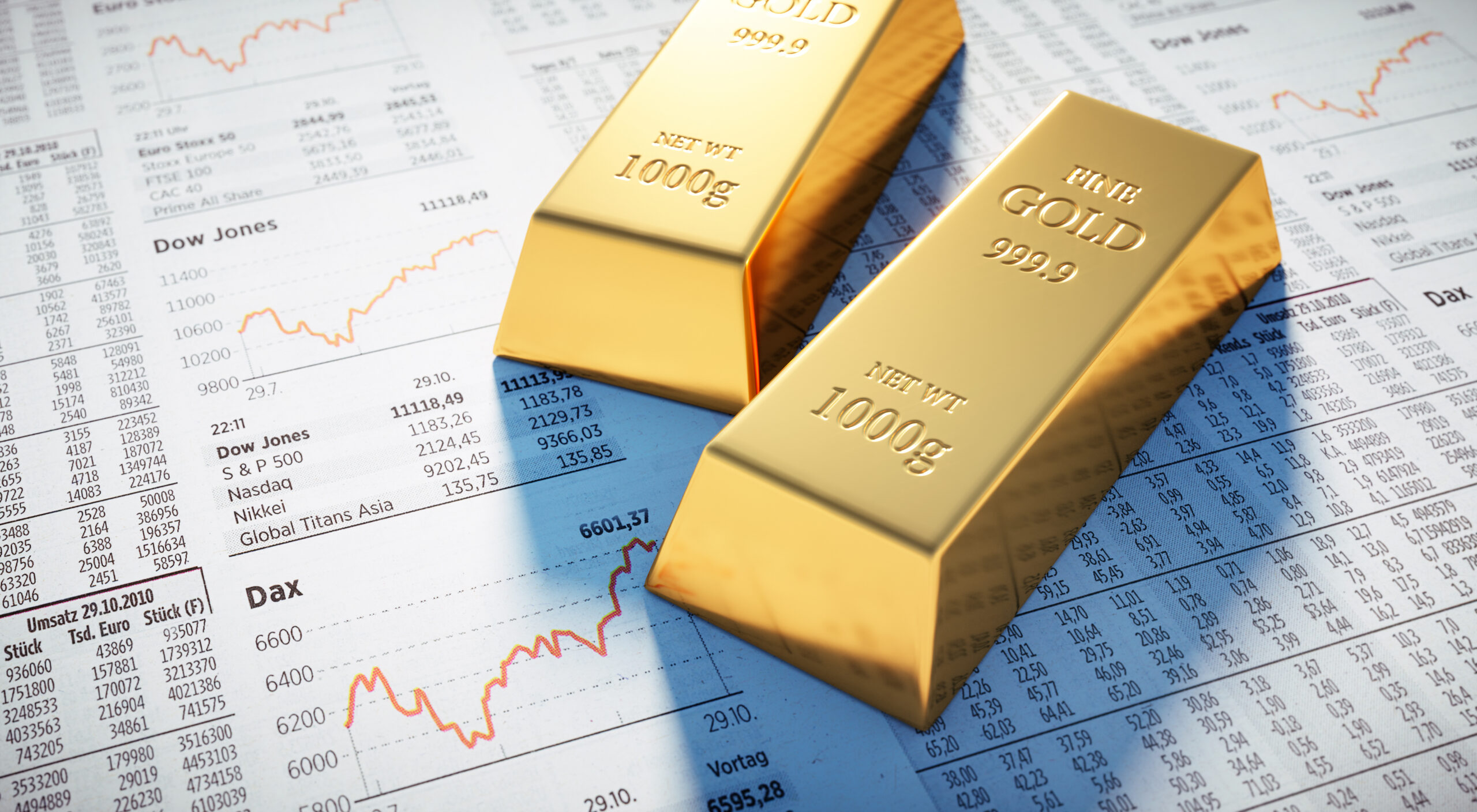Gold prices exhibited minimal movement on Thursday, hovering near $2, 309 per ounce. This stagnation comes as investors remain cautious, awaiting the release of key economic data from the United States.
The data, including Gross Domestic Product (GDP) figures and Personal Consumption Expenditures (PCE), is expected to shed light on the health of the US economy. This information will be crucial for determining the Federal Reserve's (Fed) next move regarding interest rates.
Previously, the Fed left rates unchanged, signaling a potential future shift towards reductions. However, a clear timeline for such a move remains elusive. This uncertainty has instilled a wait-and-see approach among gold investors.
Historically, gold prices tend to rise when interest rates fall. This is because gold doesn't offer any interest on its own, so lower rates make it a more attractive investment compared to interest-bearing bonds.
Recent weeks have seen gold prices experience some volatility. A brief rally in March and April, which pushed prices to an all-time high of $2, 431 per ounce, was followed by a slight retreat. This pullback is attributed to a combination of factors, including a strengthening US dollar and lessening concerns over geopolitical tensions.
Analysts are divided on the near-term outlook for gold. Some believe that the upcoming economic data could reignite a rally if it indicates a softening US economy, potentially paving the way for interest rate cuts. Others anticipate continued price fluctuations until the Fed's policy direction becomes clearer.
Looking at the broader picture, analysts point out that gold has performed well so far in 2024, with prices currently up over 11% year-to-date. This positive trend is seen by some as a reflection of ongoing global economic uncertainties, which have traditionally driven investors towards safe-haven assets like gold.
The geopolitical landscape also continues to play a role in gold price movements. While tensions in the Middle East have eased somewhat, ongoing conflicts and potential flashpoints around the world contribute to an undercurrent of unease, which can bolster demand for gold.
In conclusion, the immediate future of gold prices hinges on the upcoming US economic data and subsequent actions by the Fed. With a multitude of factors at play, investors are adopting a cautious stance, waiting for a clearer picture to emerge before making their next move.

